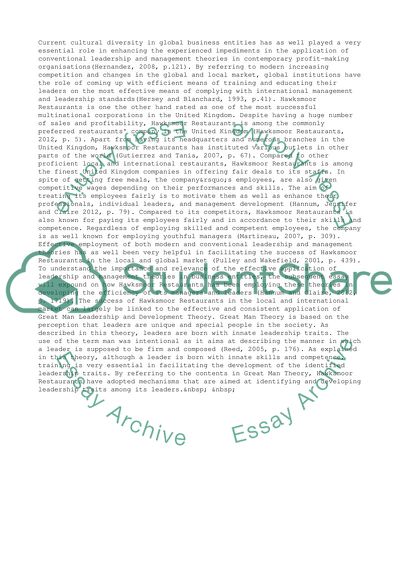Cite this document
(Application of Leadership and Management Development Theories in Hawks Case Study, n.d.)
Application of Leadership and Management Development Theories in Hawks Case Study. Retrieved from https://studentshare.org/management/1477260-management-and-leadership-development
Application of Leadership and Management Development Theories in Hawks Case Study. Retrieved from https://studentshare.org/management/1477260-management-and-leadership-development
(Application of Leadership and Management Development Theories in Hawks Case Study)
Application of Leadership and Management Development Theories in Hawks Case Study. https://studentshare.org/management/1477260-management-and-leadership-development.
Application of Leadership and Management Development Theories in Hawks Case Study. https://studentshare.org/management/1477260-management-and-leadership-development.
“Application of Leadership and Management Development Theories in Hawks Case Study”, n.d. https://studentshare.org/management/1477260-management-and-leadership-development.


